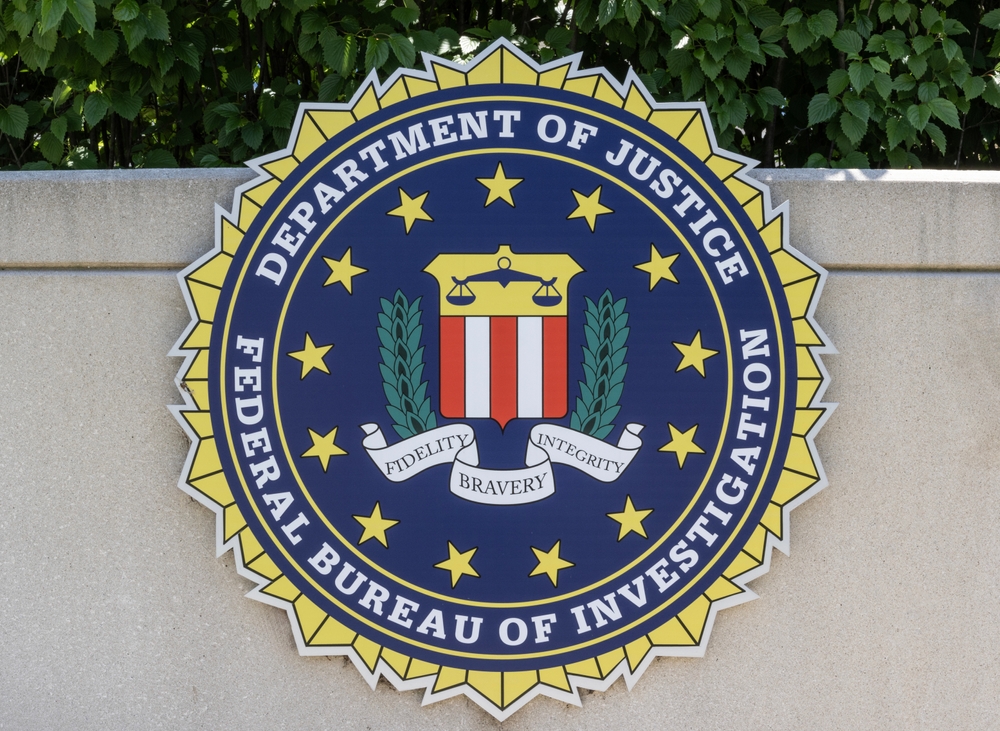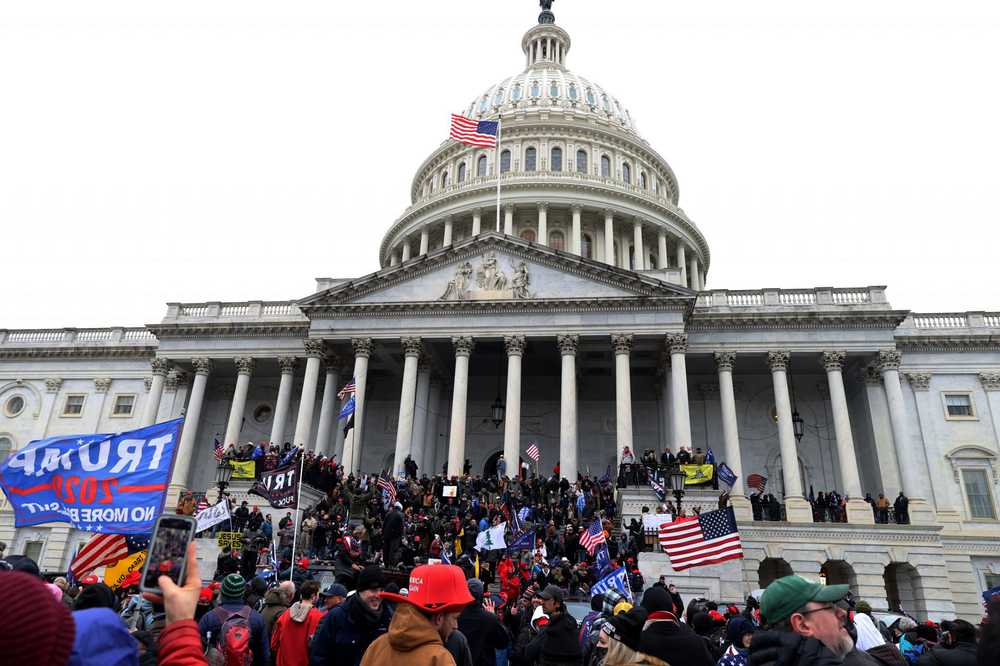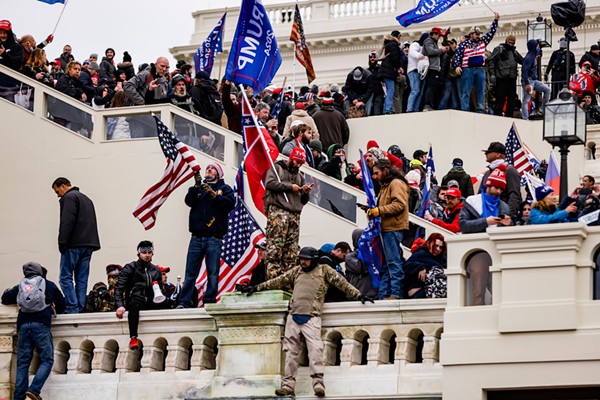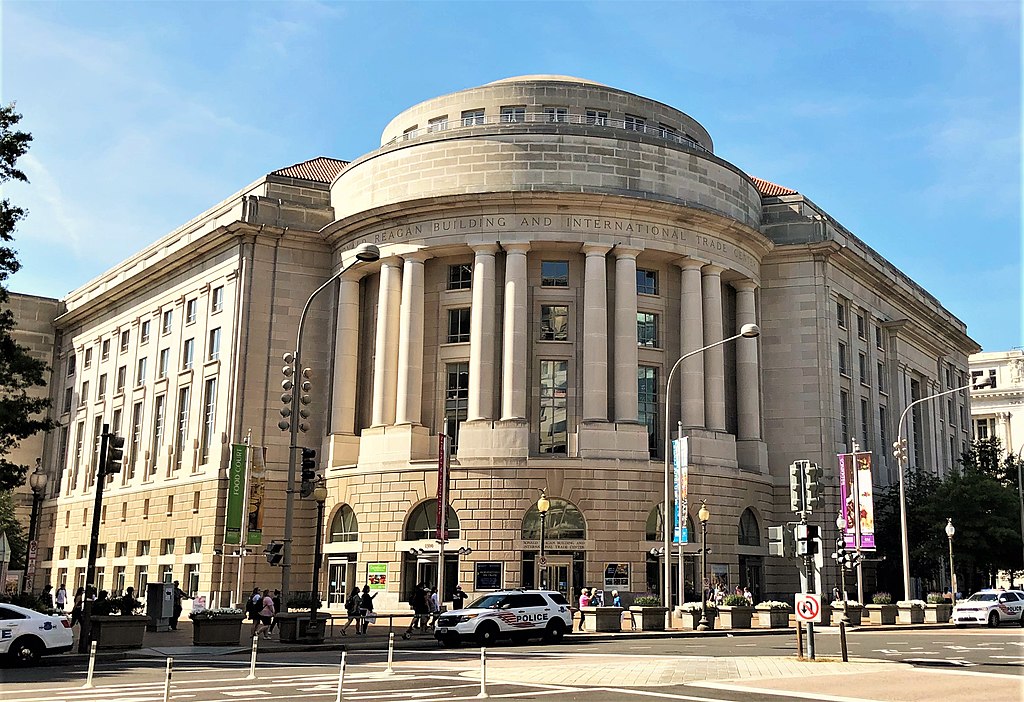
By Steve Neavling
ticklethewire.com
A grand jury on Monday decided not to indict two police officers who fatally shot Tamir Rice, a 12-year-old black boy who was playing with a pellet gun.
Here is the transcript of Cuyahoga County Prosecutor Timothy McGinty’s speech after the grand jury decision:
One promise I made was to fundamentally change how cases are handled when a police officer kills a civilian, to end the traditional system where the prosecutor privately reviewed police reports, then decided whether an officer should be charged. That secrecy, which appeared arbitrary, without a public investigative report, undermined community confidence. It was clear we needed a more rigorous, independent investigation of police use-of-deadly-force cases.
Although not required by Ohio law, I now have all evidence reviewed not just by the prosecutor in these cases or this office but by the citizens of the grand jury sitting as an investigative panel to hear all the evidence and make the final call. Our office also shares with the public completed, independent investigative reports so that there will be no mystery about what occurred or rumors in a citizen’s death. This transparency gives our community an opportunity to correct errors — in policy, training, tactics, hiring, equipment — far more quickly, instead of waiting sometimes years until the opportunity and enthusiasm for reform are lost, the lessons are forgotten. Here, we want the lessons learned and applied.
Today the grand jury completed its thorough investigation of the fatal shooting of 12-year-old Tamir Rice on (Nov.) 22, 2014, at the Cuddell Recreation Center. Based on the evidence they heard and the law as it applies to police use of deadly force, the grand jury declined to bring criminal charges against Cleveland police officers Timothy Loehmann and Frank Garmback. That was also my recommendation and that of our office after reviewing the investigation and the law.
A short time ago, we informed Tamir’s mother of the grand jury’s decision. It was a tough conversation. We again expressed the condolences of our office, the sheriff’s detectives and everyone else who has worked so diligently on this case and our sincere wish that these events on that traumatic day at the Cuddell rec center had unfolded differently. She was broken up, and it’s very hard. We explained to her that this was a difficult decision also but that to charge police, even in a situation that was as undeniably tragic as the death of her son, the state must be able to show that the officers acted outside the constitutional boundaries set forward by the Supreme Court of these United States.
Simply put, given this perfect storm of human error, mistakes and miscommunications by all involved that day, the evidence did not indicate criminal conduct by police. On close examination, especially of what is perhaps the most critical piece of evidence — a very recent enhancement of the surveillance video by an expert laboratory often relied upon by the FBI — it is now indisputable that Tamir was drawing his gun from his waist as the police slid toward him and Officer Loehmann exited the car. At the point where they suddenly came together, both Tamir and a rookie officer were no doubt frightened. If we put ourselves in the victim’s shoes, as prosecutors and detectives try to do, it is likely that Tamir, whose size made him look much older and who had been warned that his pellet gun might get him into trouble that day, either intended to hand it over to the officer or show them it wasn’t a real gun. But there was no way for the officers to know that, because they saw the events rapidly unfolding in front of them from a very different perspective. Just moments before, they had been assigned and ordered to respond to a Code 1 report of a guy pointing a gun at people outside the rec center. That guy that they had been told was dressed exactly as Tamir was. As they raced that mile toward the rec center from their other assignment, police were prepared to face a possible active shooter in a neighborhood with a history of violence. There are, in fact, memorials to two slain Cleveland police officers in that very park, a short distance away, and both had been shot to death nearby in the line of duty. Police are trained that it only takes a third of a second or less to draw and fire a weapon upon them, and therefore they must react quickly to any threat. Officer Loehmann had just seen Tamir put an object into his waist as they pulled up and he stood up in the gazebo and started walking away. A moment later, as the car slid toward him, Tamir drew the replica gun from his waist, and the officer fired.
You’ll be able to see an actual Colt 1911 model pistol and an identical replica gun that was used that day. They are very difficult to tell apart, even by people who are very familiar with guns, even when you stand and stare at it.
A moment later, as the car slid toward him, Tamir drew the replica gun from his waist, and the officer fired. Believing he was about to be shot was a mistake, and he had reasonable belief, given the high-stress circumstances and his police training. He had reason to fear for his life. It would be (irresponsible) and unreasonable if the law required a police officer to wait and see if the gun was real.
The outcome will not cheer anyone, nor should it. Every time I think about this case, I cannot help but feel that the victim could have been my own son or grandson. Everyone here who has worked and investigated this case feels the same way. It brings all to sadness. Everyone who investigated this case has children who go to parks and rec centers. No parent follows their 12-year-old around all day to make sure they don’t get into mischief. That is why this case taps such profound emotions in all of us.
The Rice family has suffered the gravest loss. Nothing will replace Tamir in their lives. The police officers and the police department must live with the awful knowledge that their mistakes, however unintentional, led to the death of a 12-year-old boy.
So will the police radio personnel, whose errors were substantial, contributing factors to the tragic outcome. They passed along detailed information about the guy outside the rec center, his clothing, including the colors of his coat and his camouflage hat, but not the all-important facts that the 911 caller said the gunman was probably a juvenile and the gun may not be real. Had the officers been aware of these qualifiers, the training officer who was driving might have approached the scene with less urgency, lives that may not have been put at stake. The fact that the Code 1 high-priority call about a possible active shooter next to a rec center was based on inaccurate information is a very significant legal fact but will do little to ease the emotional burdens that the family and all involved must now carry.
Our entire community has suffered through gut-wrenching self-examinations and recriminations. When an innocent civilian, let alone a child, is killed by a police officer, it touches the nerves that lie close to the surface of all of us in society. That is especially true since the events in places such as Ferguson and in Chicago have exposed a gulf of distrust and resentment that too often divides police from the very communities they serve. And when the public is kept in the dark about facts of an investigation into these incidents, that distrust can grow.
All those emotions are compounded when a 12-year-old boy is killed on video. But the original, grainy video that had been shown repeatedly on TV is only a small part of the story here — a very important but small (part). That is why this case demanded a professional and dispassionate investigation to determine if this was indeed a tragic crime or a tragic accident.
The Supreme Court instructs us to judge an officer’s conduct by what he or she knew at the moment, not by what was learned later. We are instructed to ask what a reasonable police officer with the knowledge he had would do in this particular situation. The Supreme Court prohibits second-guessing police tactics with 20/20 hindsight, and the law gives the benefit of the doubt to the officers who must make split-second decisions when they reasonably believe their lives or those of innocent bystanders are in danger. Based on these rules, it became clear through this investigation that the actions of officers Loehmann and Garmback were not criminal.
And the reasons for this assistant county prosecutors Matthew Meyer and James Gutierrez have outlined in a written report that will be available online when you leave here. In a few moments, I’m going to ask assistant prosecutor Meyer to provide the detailed factual and legal analysis of this case, the improved evidence that we’ve discussed already.
But now, let’s deal with it: The death of Tamir Rice was an absolute tragedy. It was horrible, unfortunate and regrettable, but it was not, by the law that binds us, a crime. Through this process, we, too, have heard the chants, and we, too, want justice for Tamir. But justice would not be achieved by bringing charges that would violate the ethical canons of our profession, because we know these charges could not be sustained under the law in our Constitution.
This decision does not mean the legal system is finished with this case. In our country, we have parallel systems of justice, and the civil justice system may yet provide the Rice family with some of the accountability they deserve.
But the grand jury lived with this case for more than two months, heard all the witnesses and was there to evaluate each witness’ credibility and to question them. In cases where the police use deadly force against the citizens, we now have other citizens review the evidence and make the final call. As a local judge recently said, if you don’t trust a grand jury, you don’t trust your neighbors. I trust the people of Cuyahoga County to make the final call, and that’s why I’ve changed this procedure in this case and every other case of police use of deadly force in this county.
Now, there have been lessons learned already in this case. That is the plus side of this tragic event. And it should never happen again. And steps have been taken to see it does that. First, the city has bought body cams for all its officers, and that should help greatly. We’ll know exactly what happened in each situation. Dash cams are on the way for Cleveland police department and the suburban departments, in part using $1 million this office provided from seized and forfeited monies from criminals and criminal convictions. Our goal is to have every car, every police car in Cuyahoga County, including Cleveland and all the suburbs, with dash cams and officers all wearing body cameras. It will improve public confidence and improve performance and protect both the officer and the individual. We’ll know exactly what happened in the future, and public confidence rises and complaints fall dramatically. It has been shown across the country.
The second important event that has taken place since this occurred is the consent agreement between the city of Cleveland and the Department of Justice. That will dramatically change the way the city hires, trains and manages its police. I once again applaud Mayor (Frank) Jackson and council for their leadership on this issue and police Chief (Calvin) Williams, who is determined to constantly improve the department, and he has. We have a great chief and a great mayor.
And finally, I want to call on the Legislature and the manufacturers of toy guns not to make guns that look so much like the real thing. If the color and design of Tamir’s pellet gun had screamed toy, then the call that set this tragedy into motion may never have happened.
The grand jury has fully investigated this case and made its final decision. Now it is time for the community and all of us to start to heal. We have taken steps to learn. We’re going to continue to learn. We’re going to continue to improve the quality of the justice system we have here in this county.
But before anyone reaches their own conclusions — and everyone’s welcome to their own — we ask, please, to review the facts and evidence this investigation has uncovered. We have issued the report of the sheriff’s department, and I thank Sheriff (Clifford) Pinkney and Detective Morgan and all the other detectives who worked on this case here and all the hard work they put in.
Look at the report. Look at the facts. Look at the law. That’s why we put the reports out as they come in, so we’re not making decisions on rumors or hearsay or the like. These are actual facts, and we can learn from these facts.
I call for the leaders of our community to now respect the process and the decision of the grand jury and to urge others to express their opinions in a peaceful and lawful manner. I appreciate the sincere emotion and concern of all citizens who have expressed their feelings on this case, and we thank them. We thank them for caring.
Read more here: http://www.miamiherald.com/news/nation-world/article52013005.html#storylink=cpy





